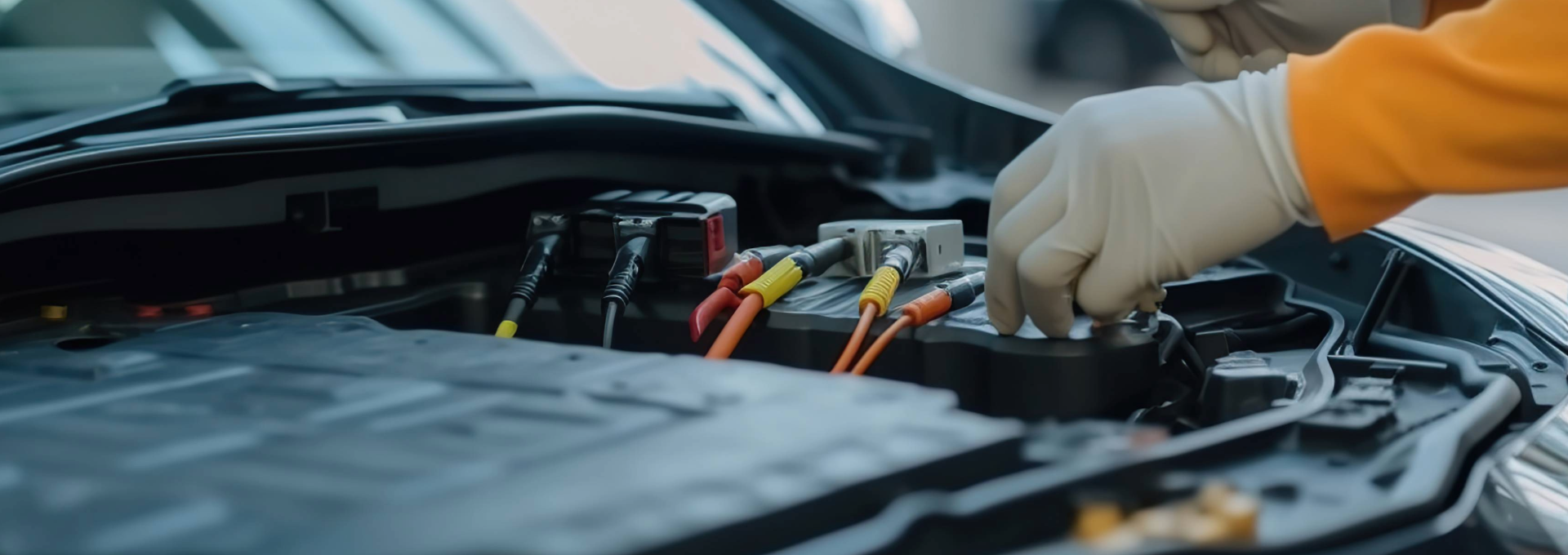We are concerned by the growing number of unresolved cases in the OIC portal, which now stands at 349,000. For the minority of cases that have reached a settlement to date, the average time taken to do so is 251 days and is predicted to increase further as more complex cases, which have taken longer to reach conclusion, begin to settle.

Motor insurers are under significant pressure to deliver reductions in premiums. Whiplash reforms were intended to reduce premiums, yet they’ve consistently risen at a time of generational wars, a global pandemic, economic inflation and most recently, a significant increase in the Judicial College Guidelines for personal injury damages.
Following the mixed injury Supreme Court outcome, the ABI has talked about a 10 point roadmap to reduce motor insurance premiums (Insurers Take Steps to Tackle Motor Cover Costs | ABI).
At HF we’re focused on practical steps that can be taken and call for an eleventh point. Simply the introduction of time limits – deadlines to combat the dormancy and delays we’re currently seeing, with an average time of 251 days to reach settlement.
The problem
One of the objectives of the OIC portal process was to simplify and speed up the making of claims for minor injuries, chiefly whiplash, but that goal is not being met. Consequently, the House of Commons Justice Committee opened an Inquiry into the whiplash reforms and the operation of the OIC portal last spring. Insurers will agree with the comment within its interim report from September 2023, where it says:
“We are concerned by the growing number of unresolved cases in the OIC portal, which now stands at 349,000. For the minority of cases that have reached a settlement to date, the average time taken to do so is 251 days and is predicted to increase further as more complex cases, which have taken longer to reach conclusion, begin to settle.”
The problem is that the OIC Portal was designed in the image of what had gone before: leaving it to the claimant to decide when to progress their claim. The OIC portal process puts little pressure on claimants to advance a claim after intimation. Moreover, the system lacks the ability to expel those cases that remain dormant. Also, a problem coming into focus as we approach the third anniversary of its introduction, is that the OIC portal does not have a process for removing those claims that have not started litigation before the expiry of limitation. Allowing the inertia to continue even after limitation compounds the operational problems and cost insurers face.
All of this means that insurers are forced to hold reserves on long dormant claims that may have been abandoned. The true savings associated with whiplash reform are therefore not yet known. Across the market, those locked up reserves distort the calculation of how to price a policy.
Moreover, routine failure of many Claimant Solicitors to respond to insurer correspondence requesting an update (or any other engagement on issues), understandably causes much frustration.
How significant is the problem?
OIC data shows that in the 2 years and 10 months between launch and the end of March 2024, 771,012 claims were submitted to compensators via the OIC Portal.
Just over 17% (132,008) left the process for reasons other than settlement.
32% (246,515) settled.
That means that 392,489 of the claims submitted to compensators via the process – or around 51% – remain within the portal process, without proceedings or resolution. Some will be recent submissions, of course, with around 68,000 claims being submitted each month, but most are much older. The half a million mark is now in sight.
The OIC blogged in November 2023 how a large number of cases were stuck in the post liability space, with a medical report still to be obtained or disclosed; the suggestion was that “pend medical” was the biggest blockage point.
The OIC looked at the 129,000 cases sat in that space as of October 2022 and followed them for 13 calendar months.
By the end of October 2023 38% (49,000 of the original pool) remained dormant.
That number was reducing slowly – by around just 3% per month – but was being added to by later submissions.
The number stuck at “pend medical” had increased to 140,000 by the end of the 13 months in question.
What is causing the problem?
The OIC Portal Company has been publishing limited data, such as on liability decisions and settlements since inception but that data reveals little about the journey in between those points.
It simply isn’t known whether medical evidence has been obtained and prognoses are being waited out, whether claims are escalating in value or whether dormant claims are not being pursued.
View from the Claimant side
The claimant solicitor market has gone through a tumultuous time. Many firms have exited this area and there continues to be consolidation, so that just a few firms now represent most claimants. Until investments in AI and technology are realised, handlers in those firms have record high numbers of cases to look after.
Cases involving a mix of whiplash and other injuries were delayed in the unlikely event of a generous decision from the Supreme Court. There is now also the increase in the JCG to factor into valuations.
What is being done about it?
The Justice Committee invited stakeholder input and the interim report it produced led to the MoJ responding in late November 2023 with a commitment to:
- Publish additional data to shine greater light on the issue.
- Analyse that further data and the claims journey to identify learnings and possible process improvements.
- Look at how medical evidence is obtained by represented claimants with a view to better understanding what is happening in the ‘pend medical’ space.
The consultation response is awaited.
Some new data fields designed to give greater transparency as to dormancy were introduced in January 2024.
Other steps are being taken by the MoJ:
- A call for users to ‘clean’ cases sitting in the system to flush out any submissions on which a payment is no longer sought.
- Prompts are to be introduced to notify claimants that they are reaching the end of the primary limitation period. This may include a prompt for claimants to update compensators.
- A system of archiving those unissued claims which remain in the portal after 3 years is proposed.
Progression
Whilst the above is welcomed, there is scope for more. There are some simple steps to combat dormancy and the latent problems that could arise upon claims reaching the expiry of limitation period.
We suggest the following:
- When a medical is arranged, the date is provided to the OIC portal and the insurer, so that they can diarise and both sides do not waste operational expense on non-progressive correspondence.
- The claimant is given 3 months from the date of the examination to upload the report. If no action is taken at that point, the portal then allows 21 days (with weekly reminders) before the case is removed. The claimant retains the right to re-start the process, but (where represented) the solicitor carries the additional operational cost of doing so. This serves as an incentive to stay on the progressive path.
- If further medical evidence is required, the date of that examination is provided and again, both parties diarise accordingly and the process above is repeated, if necessary.
- Claims not issued by the time limitation expires are immediately and automatically removed from the OIC Portal.
The MoJ has not been keen on auto-ejection due to inactivity or the imposition of time limits on the provision of medical evidence. However, in the limited scenarios where there is a good reason for additional time, the periods proposed could be extended with an explanation being provided.
This suggestion does not prevent genuine claims being pursued; it simply keeps the process moving once started and allows for those that are never going to be presented to be removed. This clarity then helps insurers assess the true cost of claims and price competitively. The current uncertainty helps nobody.
We very much welcome the views of our clients and industry leaders – please get in touch with your HF key account manager to share your views, or fill out our feedback form. We will use our feedback to inform our conversations with FOIL and the MoJ’s OIC advisory board.
You may also like

Smart Motorways – The Increasing Risk & Cost
Smart motorways are presenting an increasing challenge for insurers – who need to be aware of the different issues at...

Supreme Court Mixed Injuries Ruling – Apples and Pears or Apples and Smaller Apples?
On 20 February 2024, the Supreme Court considered how damages should be assessed where claimants are alleging both tariff-qualifying whiplash...

Together in electric dreams… or nightmares?!
Lithium ion batteries – The growing demand for battery powered vehicles comes with a growing risk. More and more people...

E-scooters – current status and practical guidance for handling “motor” claims
The emergence of e-scooters as a popular mode of transportation prompted the Government in 2020 to implement trials to assess...





